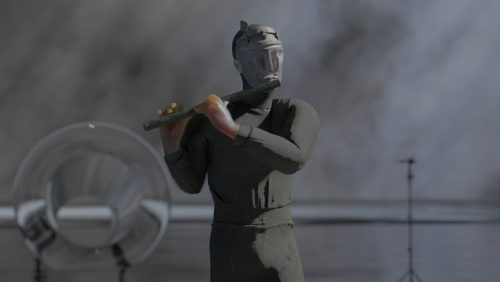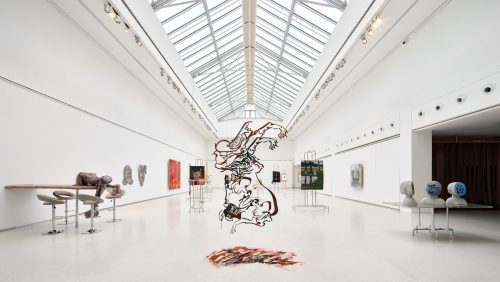
Kornelia Dzikowska-Demirska, Centrala (Małgorzata Kuciewicz and Simone De Iacobis), Marta Krześlak, Diana Lelonek, Cecylia Malik / Siostry Rzeki, Agnieszka Mastalerz and Michał Szaranowicz, Alicja Patanowska
How to Talk to the Weather Demons.
Project Info
- 💙 SIC! BWA Wrocław
- 💚 Joanna Glinkowska
- 🖤 Kornelia Dzikowska-Demirska, Centrala (Małgorzata Kuciewicz and Simone De Iacobis), Marta Krześlak, Diana Lelonek, Cecylia Malik / Siostry Rzeki, Agnieszka Mastalerz and Michał Szaranowicz, Alicja Patanowska
- 💜 Joanna Glinkowska
- 💛 Alicja Kielan
Share on

Agnieszka Mastalerz and Michał Szaranowicz, Sluice, video installation: oyster shells, 2018–2024
Advertisement

Alicja Patanowska, Fountain 1: A History of Many Weaves, mixed technique; stoneware clay, glaze, pump, water, 2024
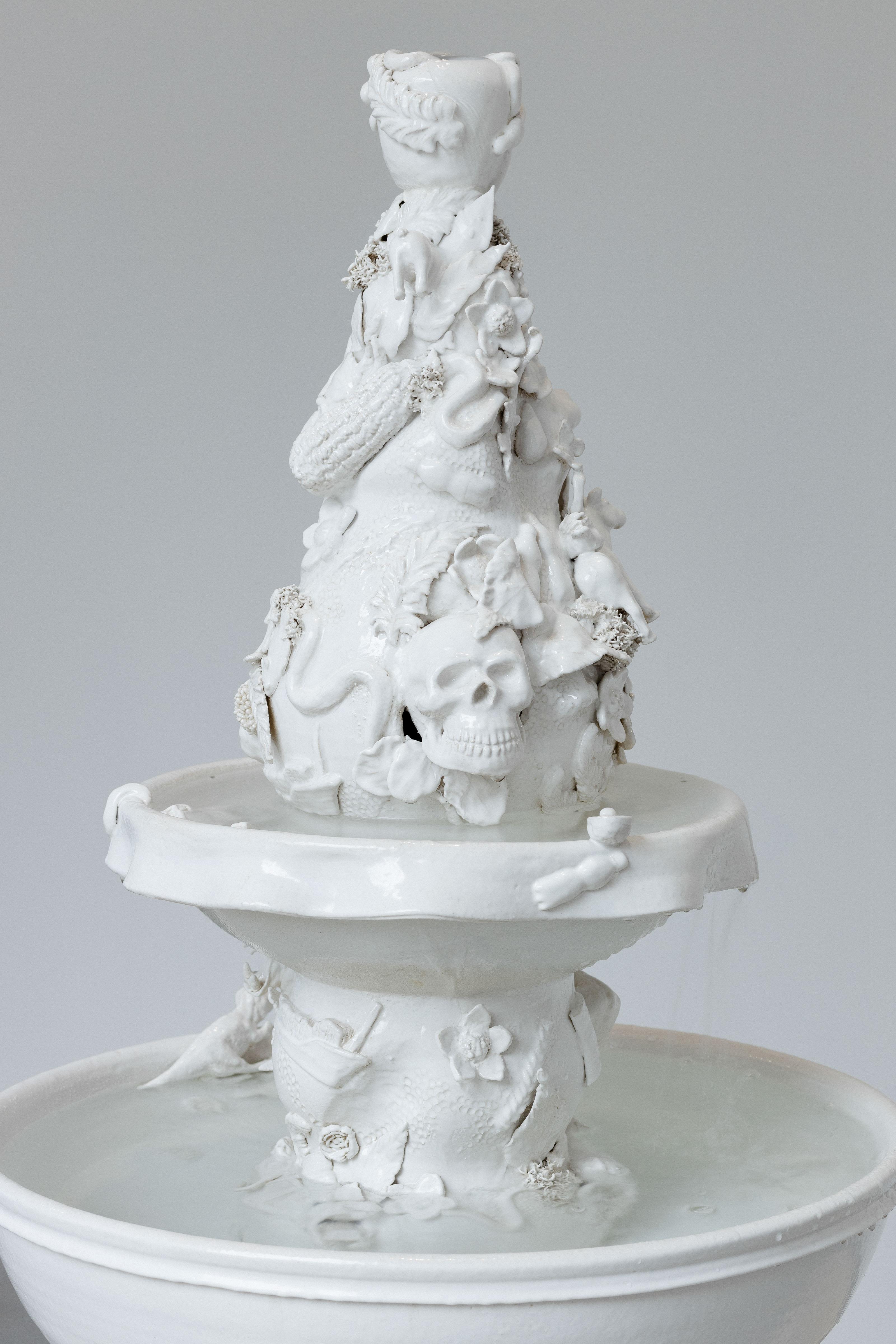
Alicja Patanowska, Fountain 1: A History of Many Weaves, mixed technique; stoneware clay, glaze, pump, water, 2024
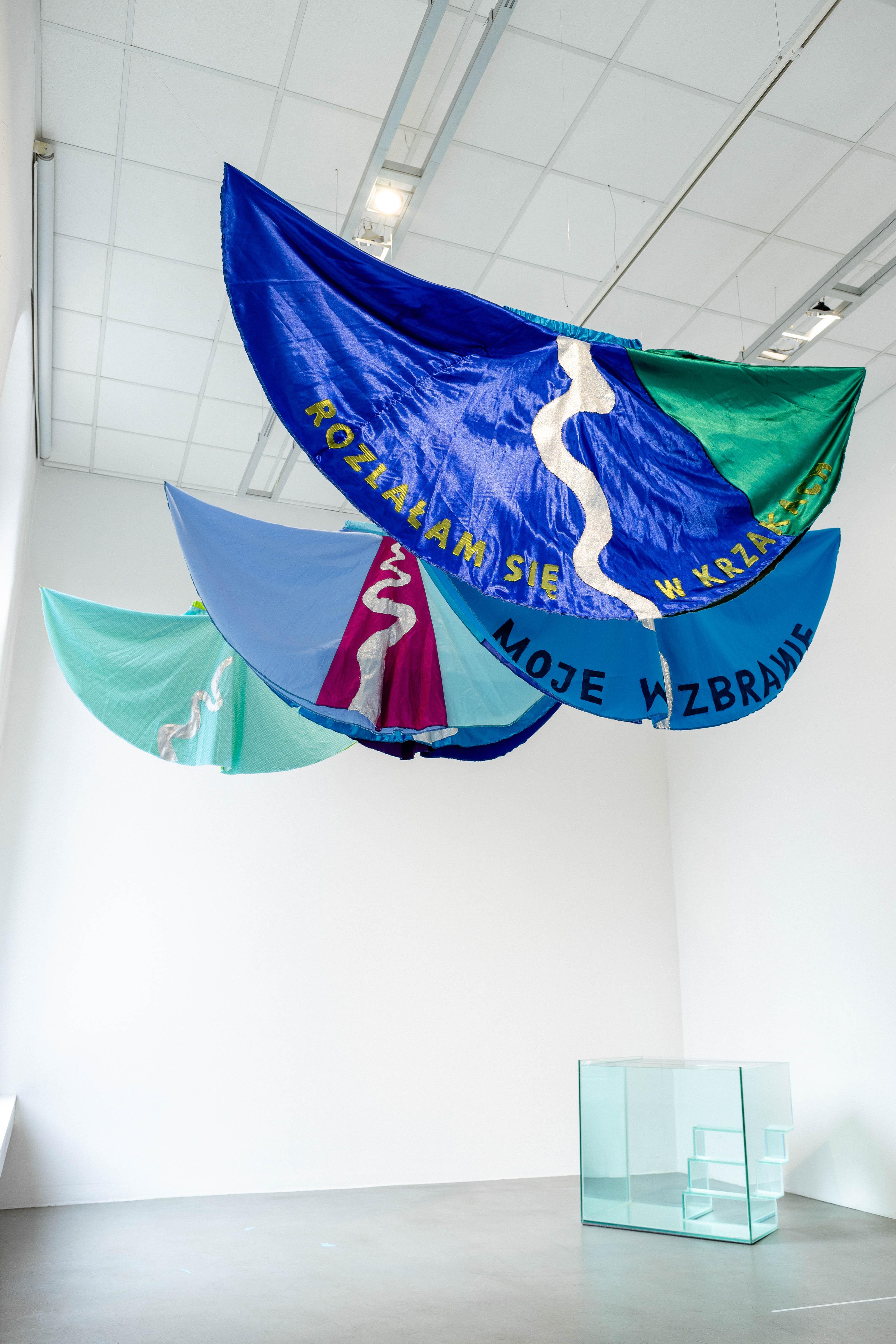
Cecylia Malik / Siostry Rzeki, skirts designed for the Let’s Give Space to Rivers, and to People—Safety happening at Chobienia and Lubiąż on the Oder; hand-sewn skirts, 2021
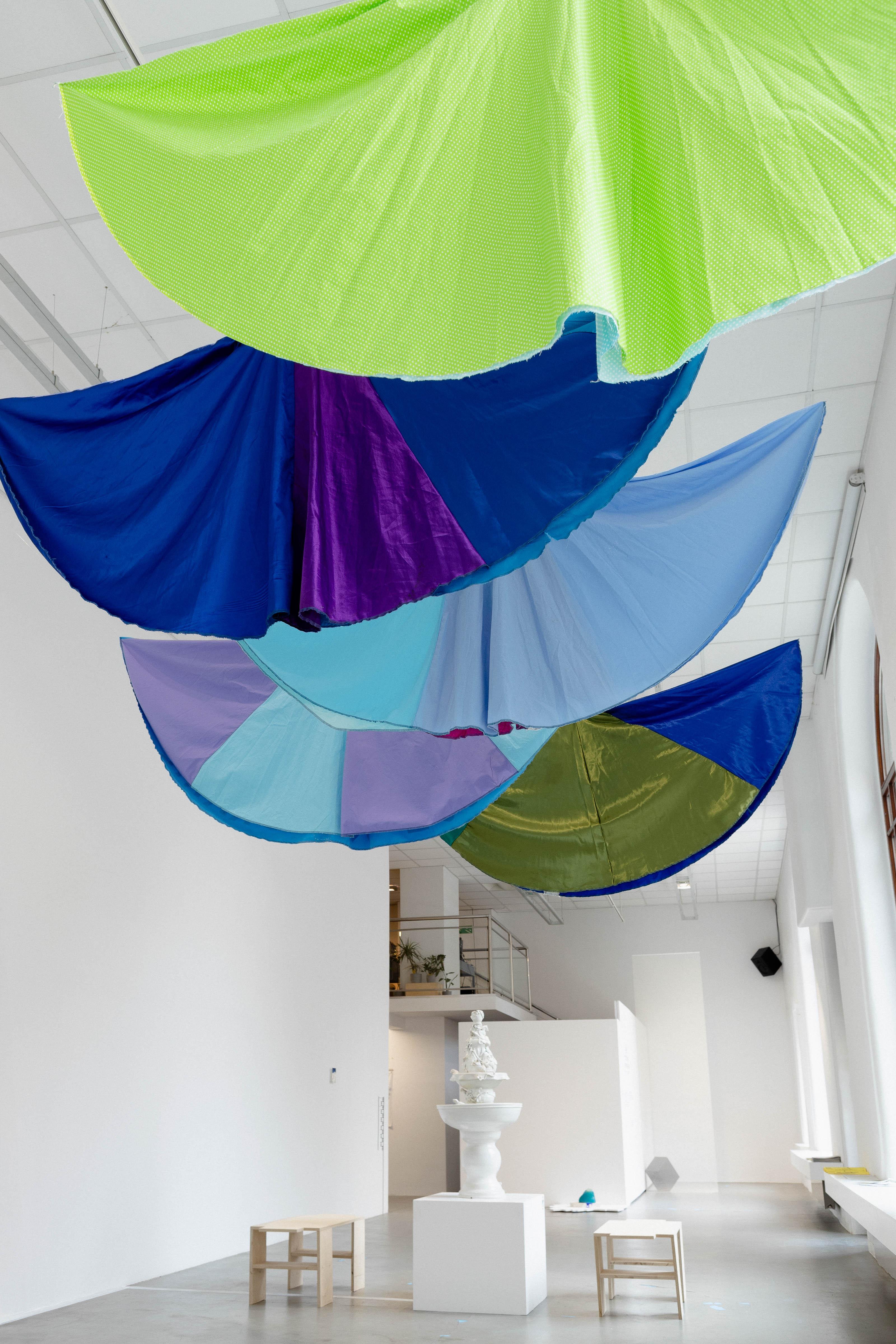
Cecylia Malik / Siostry Rzeki, skirts designed for the Let’s Give Space to Rivers, and to People—Safety happening at Chobienia and Lubiąż on the Oder; hand-sewn skirts, 2021
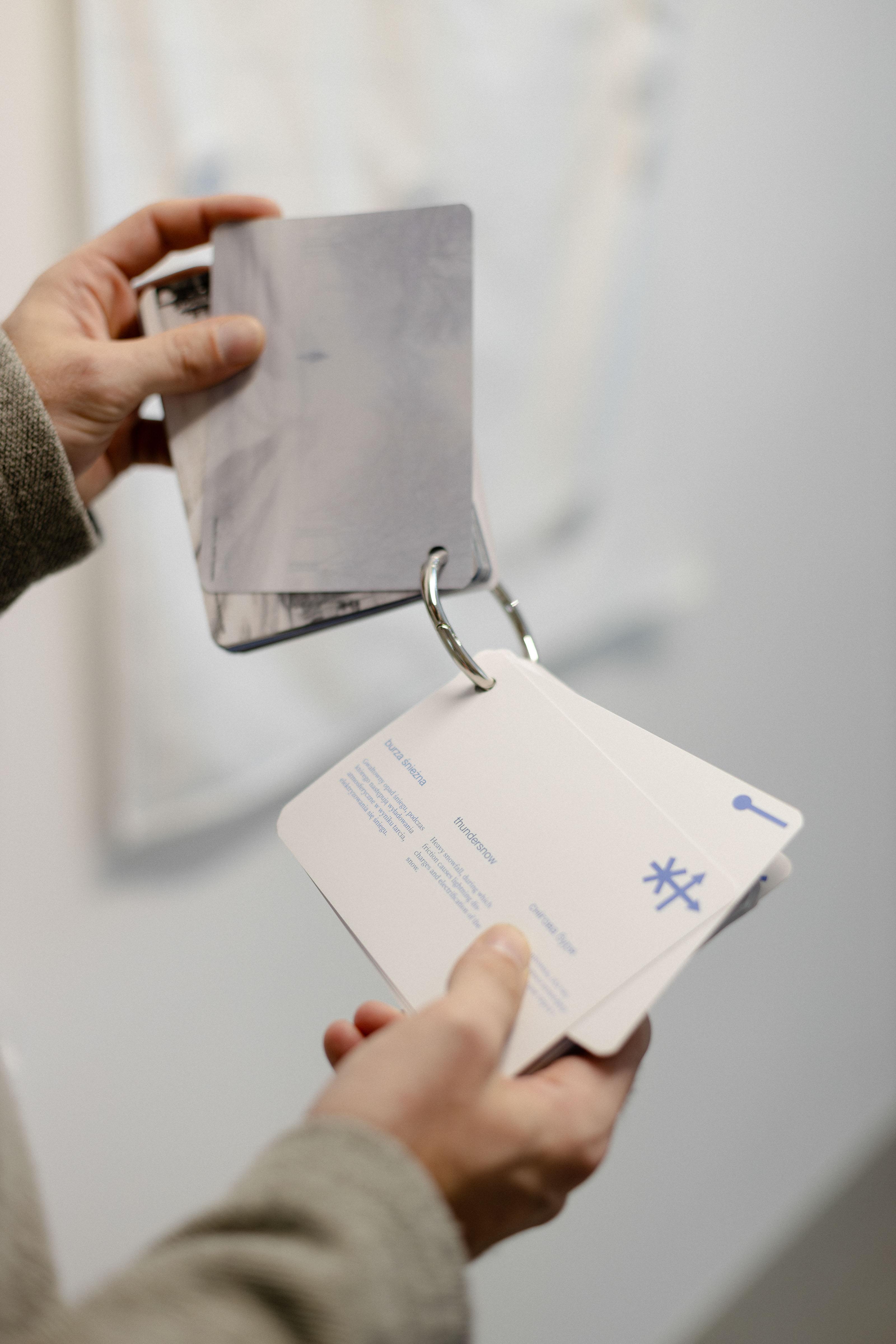
Centrala (Małgorzata Kuciewicz and Simone De Iacobis), Synoptic Game, game (collaboration: Zofka Kofta), 2024
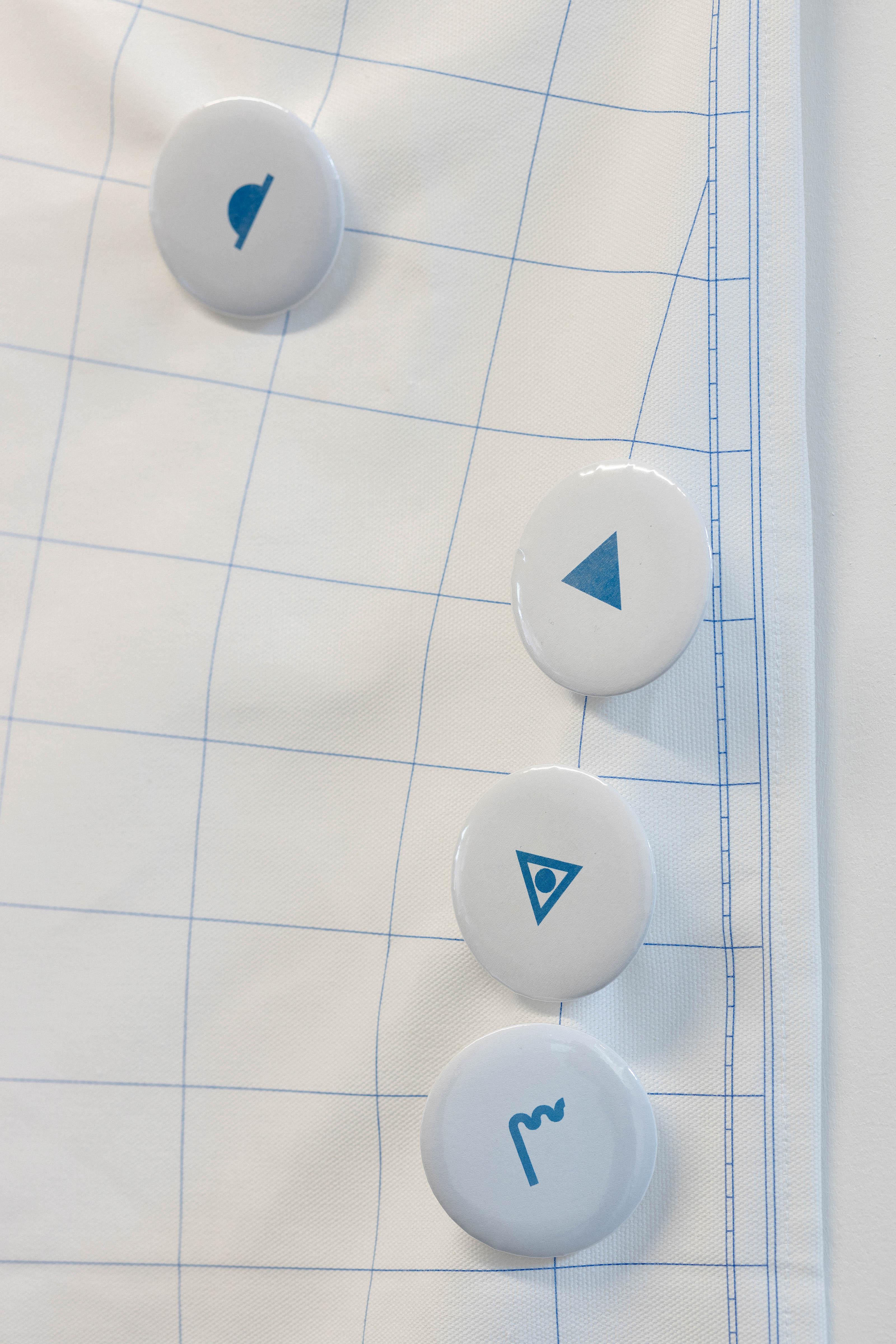
Centrala (Małgorzata Kuciewicz and Simone De Iacobis), Synoptic Game, game (collaboration: Zofka Kofta), 2024
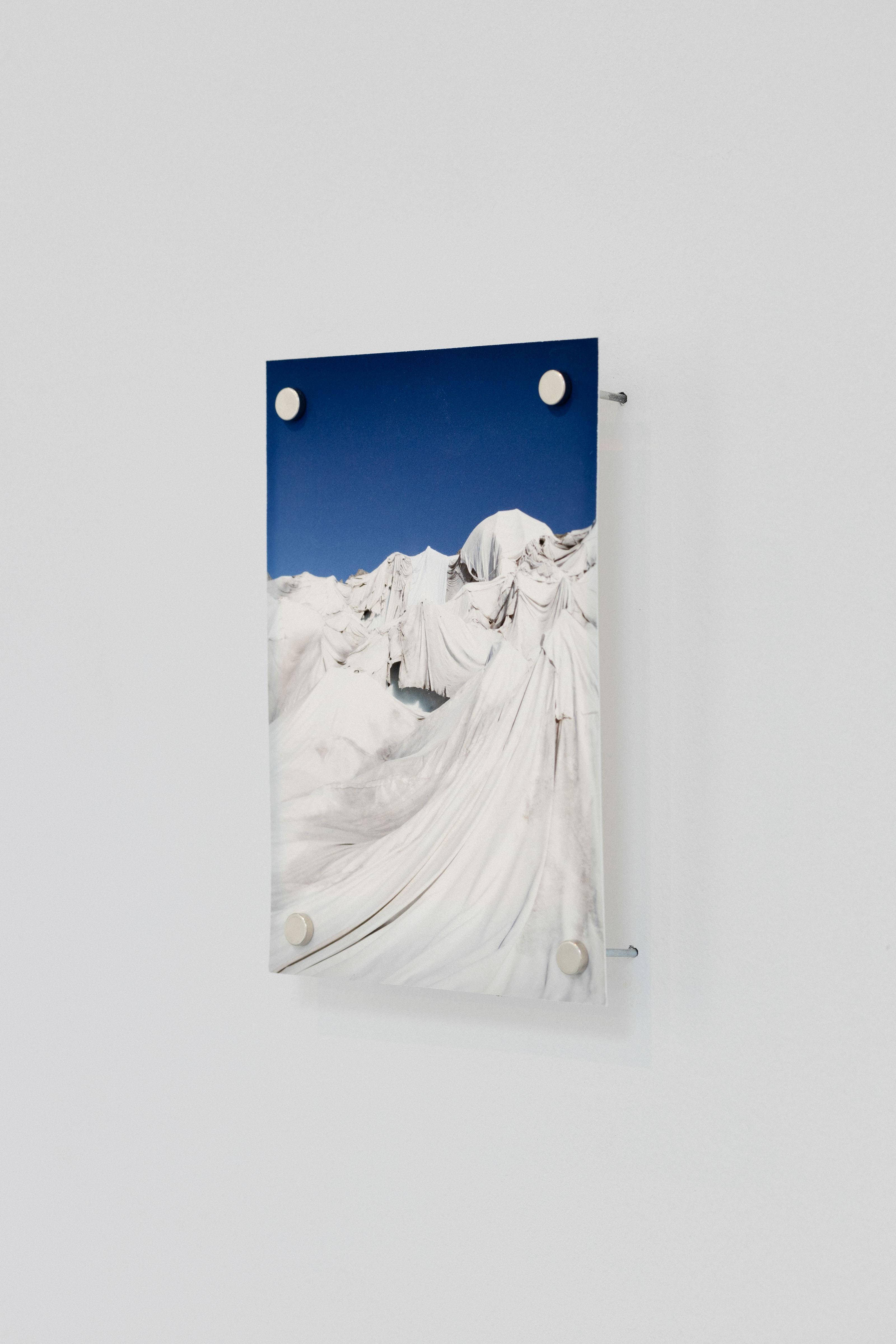
Diana Lelonek, Glacier du Rhône, photograph, 2019
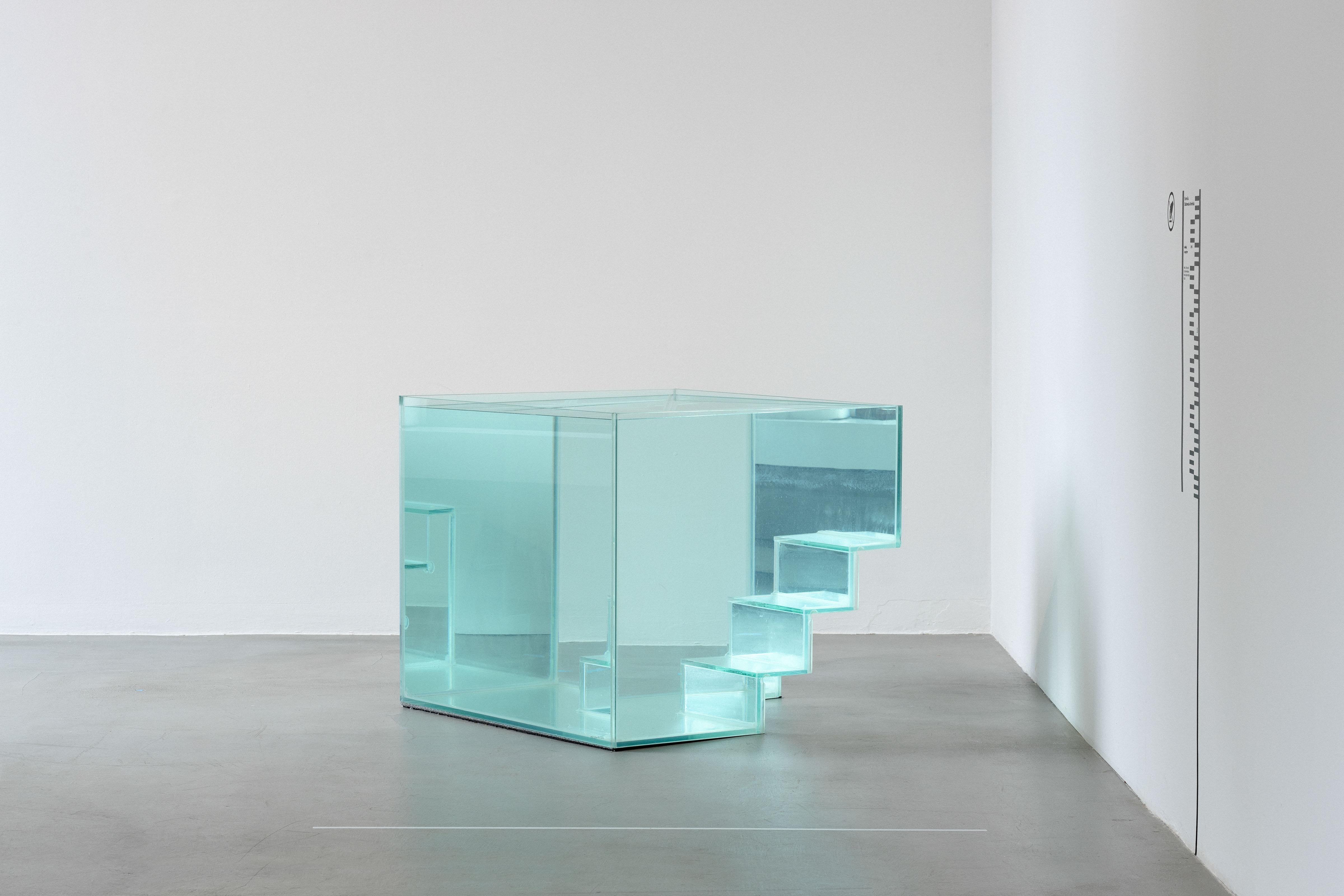
Kornelia Dzikowska-Demirska, Contribution and Negative, object; glass, water, 2016. From the collections of the POLIN Museum of the History of the Polish Jews

Kornelia Dzikowska-Demirska, Contribution and Negative, object; glass, water, 2016. From the collections of the POLIN Museum of the History of the Polish Jews

Marta Krześlak, The Melting Iceberg, installation; epoxy resin, cement, fluorescent lamp, cable, 2018. From the collections of the Muzeum Sztuki, Łódź
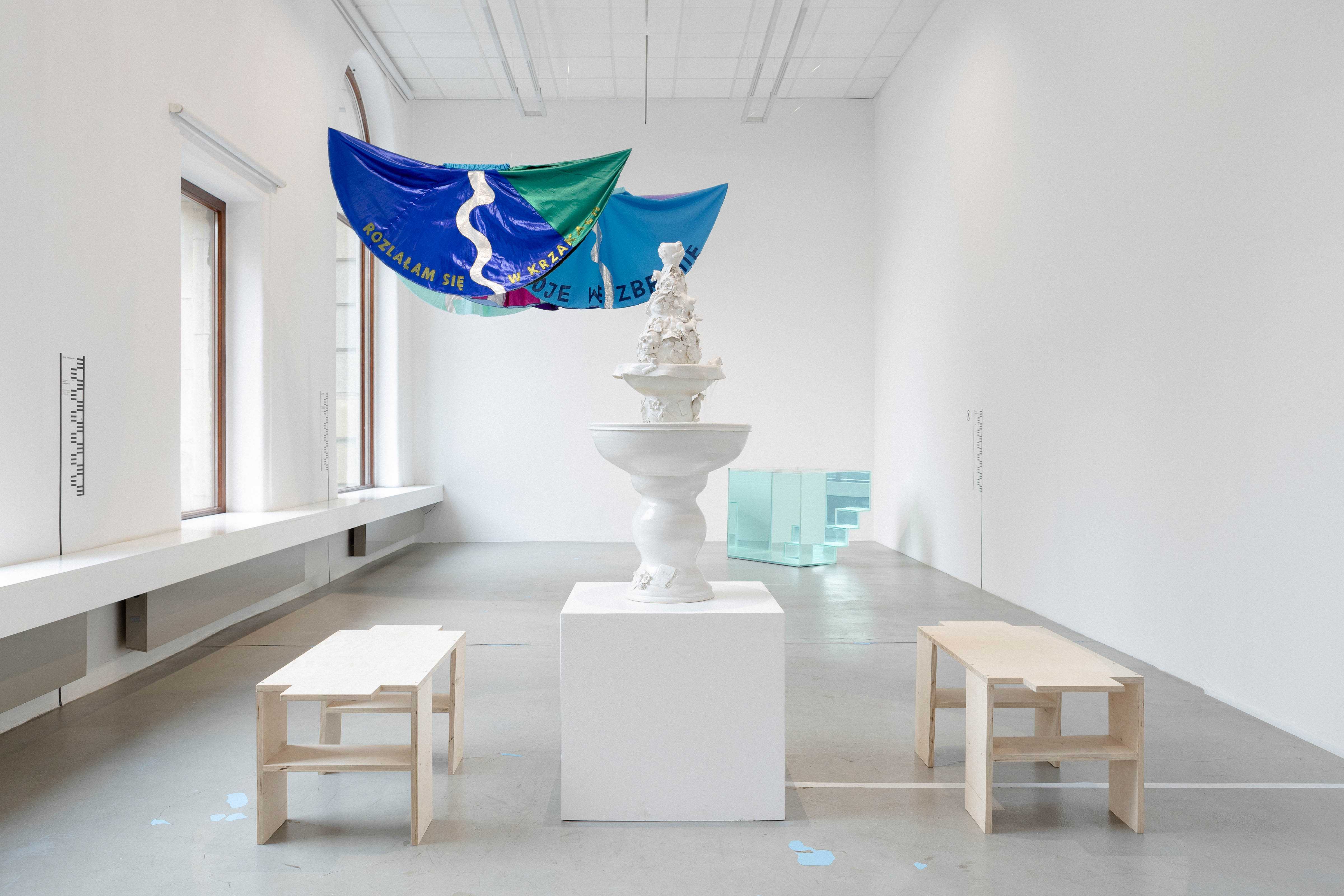
exhibition view
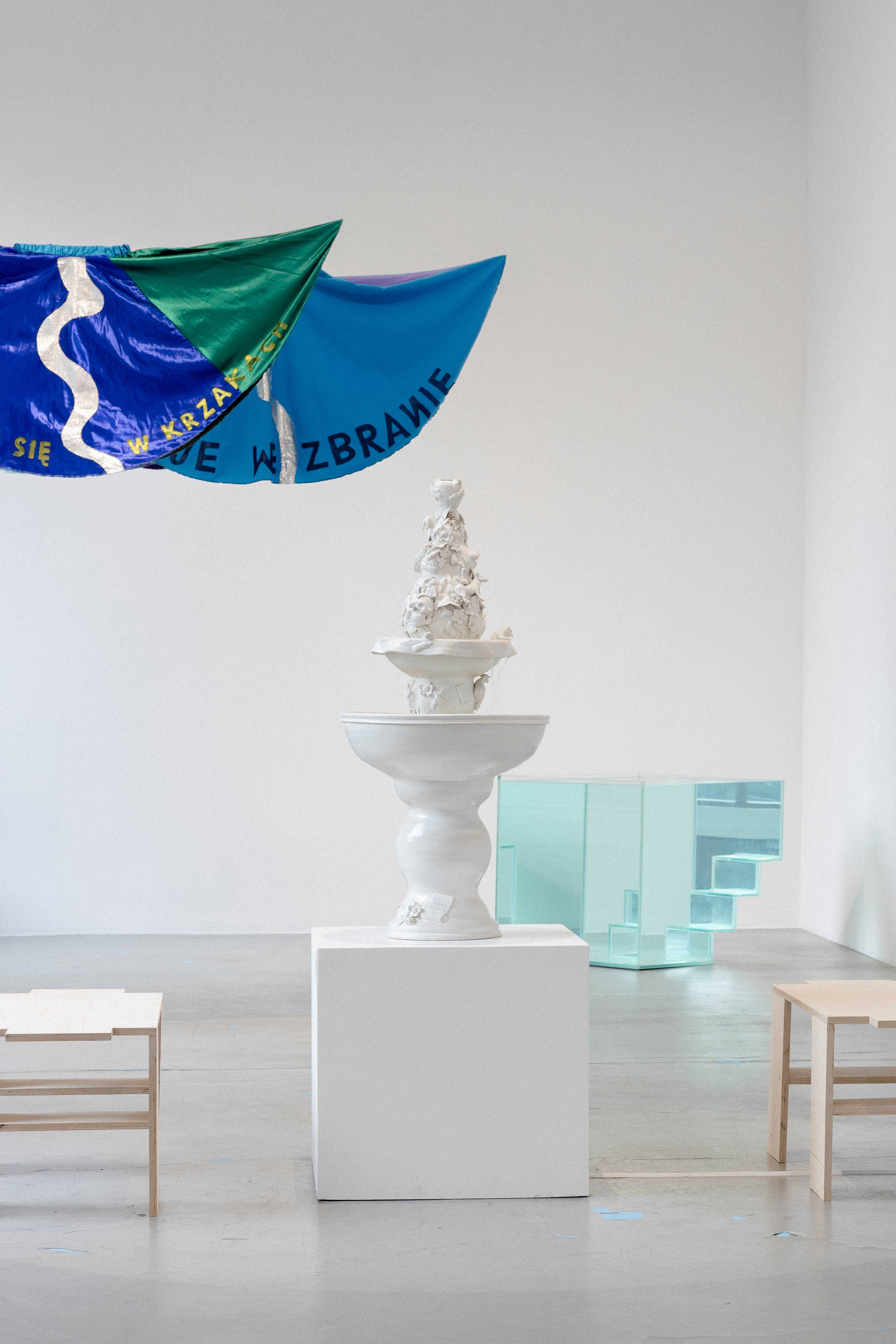
exhibition view
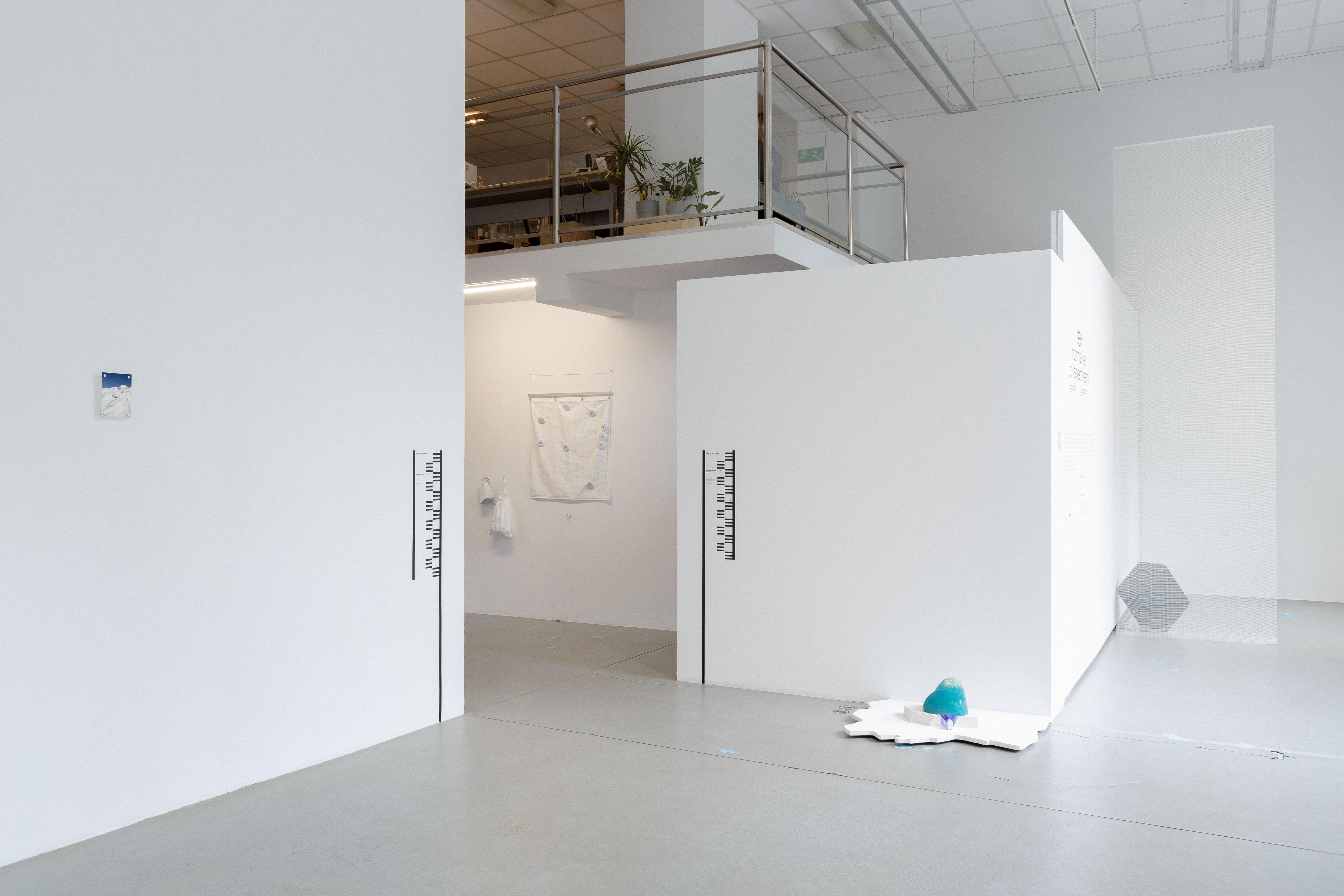
exhibition view
In Slavic mythology, the weather demons (płanetnicy) are creatures responsible for the atmospheric con-ditions, particularly precipitation and storms. Today, with the climate crisis making itself felt in floods and droughts and weather anomalies becoming the new norm, people feel a growing need to control nature. The collective exhibition called How to Talk to the Weather Demons focuses on water as a life-giving sub-stance and a common good we are destroying.
The works presented at this exhibition show the complexity of the climate crisis as it concerns weather changes and practices connected to water. Using a variety of media—glass and ceramic objects, videos, games, fabrics, and photography—the artists raise such issues as river regulation, access to drinking water, weather modification, and social issues that go hand-in-hand with water: inequality, crime, and corruption. After all, water is not just a basis of all life, it is also a tool in conflicts and a constitutive part of many rituals and customs (religious and secular).
There have been varied attempts to repair the catastrophic effects of interference in the environment, result-ing from treating water as a resource to be monetized. There are two main approaches. On the one hand, we have the dream of restoring it to its idyllic original state through renaturalization. On the other, techno-optimism, engineering the environment, and faith in the power of progress. Both these roads lead us nowhere unless we recall that the circulation of water on Earth is a complex system, and all interference sets off a chain of often unpredictable consequences.
The exhibition provides no answers. Its aim is more to sketch out the problems and call attention to the weave of phenomena taking place before our eyes, both in nature (the hydrological cycle) and in politics, so-cial life, economics, farming, and technology. The “bandages” we apply here and there to address the most urgent problems sometimes cause more misfortunes. Local decisions can affect people thousands of miles away. Every act of interference triggers a chain reaction. No one believes in the power of weather demons or other supernatural creatures anymore, there is nothing to negotiate with, yet we keep counting on a miracle, conviced that “things will just work out.”
Joanna Glinkowska


